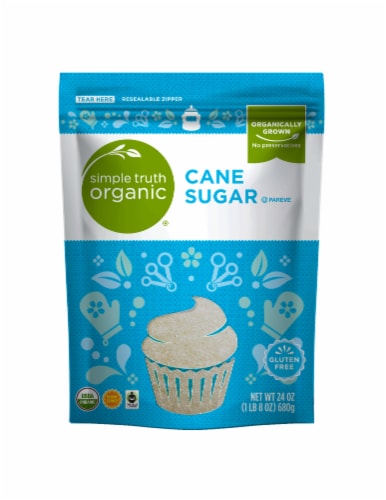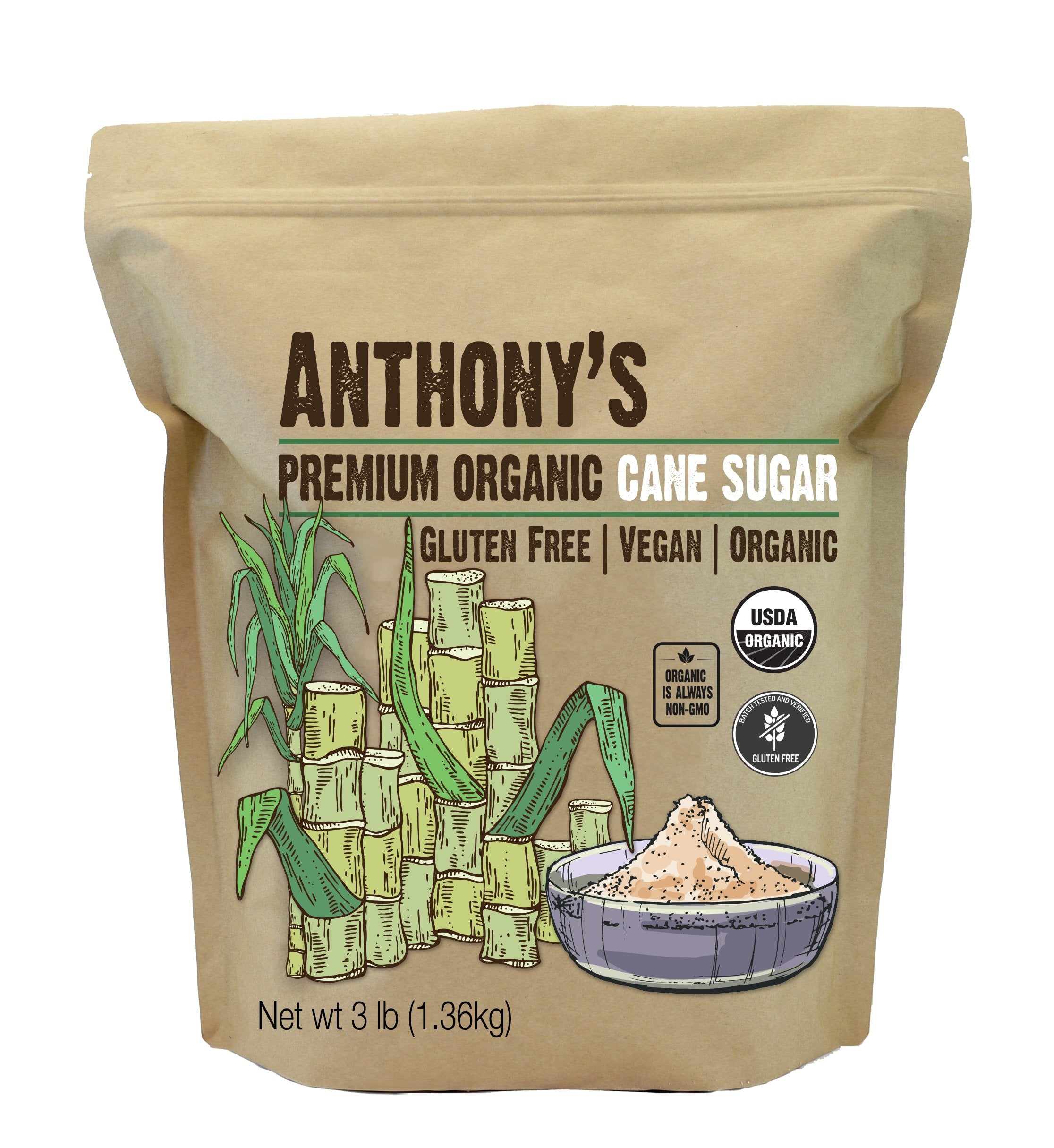Cane Sugar Processing: Ingenious Techniques for Quality Manufacturing
Cane Sugar Processing: Ingenious Techniques for Quality Manufacturing
Blog Article
Understanding the Vital Methods and Technologies Employed in Modern Cane Sugar Processing
The evolution of walking stick sugar processing has been dramatically formed by the integration of advanced techniques and technologies that address both efficiency and sustainability. As we explore these crucial advancements, it becomes necessary to check out just how they not only boost production however also straighten with broader sector trends and consumer needs, raising questions regarding the future of sugar processing and its ramifications for international markets.
Historical Context of Walking Cane Sugar Handling
The historical context of walking stick sugar handling reveals an abundant tapestry of farming development and social exchange that has actually shaped its advancement over centuries. Coming From in Southeast Asia, sugarcane was grown as early as 8000 BCE - Cane Sugar Processing. The procedure of removing and refining sugar gained momentum in India, where techniques for condensation were improved around the 6th century. This understanding went across to the Center East, and by the 12th century, sugar came to be a valued commodity in Europe, resulting in the establishment of sugar plantations in the Mediterranean.

Advanced Removal Strategies
Performance in walking cane sugar extraction has seen considerable improvements, driven by the need for higher yields and lower production expenses. This method not just raises sugar yield but also minimizes the power needed for handling.
In addition, the adoption of membrane filtering modern technologies, such as nanofiltration and reverse osmosis, has transformed the separation of sugar from pollutants. These approaches enable the selective permeation of sugar molecules while keeping larger pollutants, enhancing the removal process and lessening waste.
In addition, the assimilation of continual removal systems has actually brought about boosted functional performance. Cane Sugar Processing. These systems maintain a constant circulation of walking cane product, guaranteeing ideal extraction conditions and decreasing downtime connected with set handling
Cutting-edge Refining Technologies
Refining methods in cane sugar handling have actually undergone a transformative shift, driven by the demand for greater pureness and boosted item high quality. Among one of the most noteworthy developments is the adoption of membrane purification modern technologies, such as ultrafiltration and nanofiltration. These procedures efficiently remove contaminations and colorants without the demand for substantial chemical therapies, therefore protecting the sugar's natural flavor and boosting its allure.
One more substantial innovation is using ion exchange resins, which allow for selective removal of unwanted ions from sugar click reference services. This technology not only raises the total pureness of the end product yet likewise adds to lowered waste and environmental impact.
Additionally, developments in adsorption methods, using turned on carbon and various other advanced materials, have actually verified effective in decolorizing sugar options while preserving optimal quality. The assimilation of these cutting-edge refining modern technologies makes sure that manufacturers can generate polished sugar with remarkable clearness and preference, satisfying the progressing choices of consumers.
Automation and Control Solution
Recent innovations in refining technologies have paved the method for substantial renovations in automation and control systems within walking cane sugar handling centers. These systems utilize advanced software program and equipment to enhance operational effectiveness, lower human error, and guarantee constant item high quality.
Modern automation incorporates numerous components, including sensing units, actuators, and programmable reasoning controllers (PLCs), enabling real-time tracking and control of critical processes. For example, flow, temperature level, and pressure rates can be precisely regulated during removal, explanation, and formation phases, maximizing efficiency and reducing waste.
Furthermore, advanced data analytics and machine understanding algorithms play a pivotal duty in anticipating maintenance, allowing drivers to expect equipment failings prior to they occur. This aggressive technique not only lowers downtime however also expands the life expectancy of machinery.
Furthermore, automation facilitates the application of Market 4.0 principles, encouraging sugar mills to accomplish higher connectivity and information exchange across processes. Consequently, decision-making ends up being even more enlightened and active, inevitably improving the general competitiveness of cane sugar production. With these developments, the market is well-positioned to satisfy expanding worldwide demands while maintaining operational excellence.
Sustainability Practices in Sugar Manufacturing
Sustainability methods in official site sugar production have actually come to be progressively crucial as the market seeks to balance financial viability with environmental duty. As consumer understanding expands relating to the ecological impacts of agricultural methods, sugar producers are adopting ingenious approaches to reduce their environmental impact.
One considerable strategy is the application of accuracy farming strategies, which utilize information analytics to optimize resource use, such as water and plant foods. This reduces waste and reduces the effect on neighborhood communities. Moreover, several manufacturers are transitioning to renewable resource resources, such as biomass from sugarcane byproducts, to power their operations, thus reducing dependence on nonrenewable fuel sources.
Water management methods are likewise vital; rain harvesting and reliable watering systems aid mitigate water scarcity issues. Cane Sugar Processing. Additionally, integrated bug management methods minimize chemical use, promoting biodiversity and soil health and wellness
Company social obligation initiatives are emerging, with firms buying neighborhood neighborhoods and making sure reasonable labor methods. By accepting these sustainability practices, the sugar industry not just boosts its online reputation yet additionally adds to an extra lasting agricultural landscape, leading the way for future generations.

Conclusion
In recap, contemporary cane sugar handling integrates a variety of advanced techniques and technologies that significantly enhance yield, sustainability, and efficiency. Jointly, these improvements position the cane sugar sector to fulfill contemporary demands while dealing with crucial global obstacles.
The development of cane sugar processing has actually been substantially shaped by the integration of sophisticated methods and technologies that resolve both effectiveness and sustainability.The historical context of walking cane sugar handling reveals an abundant tapestry of farming development and cultural exchange that has actually shaped its advancement over centuries. Innovations in milling and refining arised, laying the groundwork for modern-day cane sugar processing.Refining strategies in walking stick sugar processing have undertaken a transformative check shift, driven by the demand for greater pureness and enhanced product top quality.In recap, contemporary cane sugar handling incorporates an array of sophisticated methods and technologies that dramatically improve return, sustainability, and performance.
Report this page